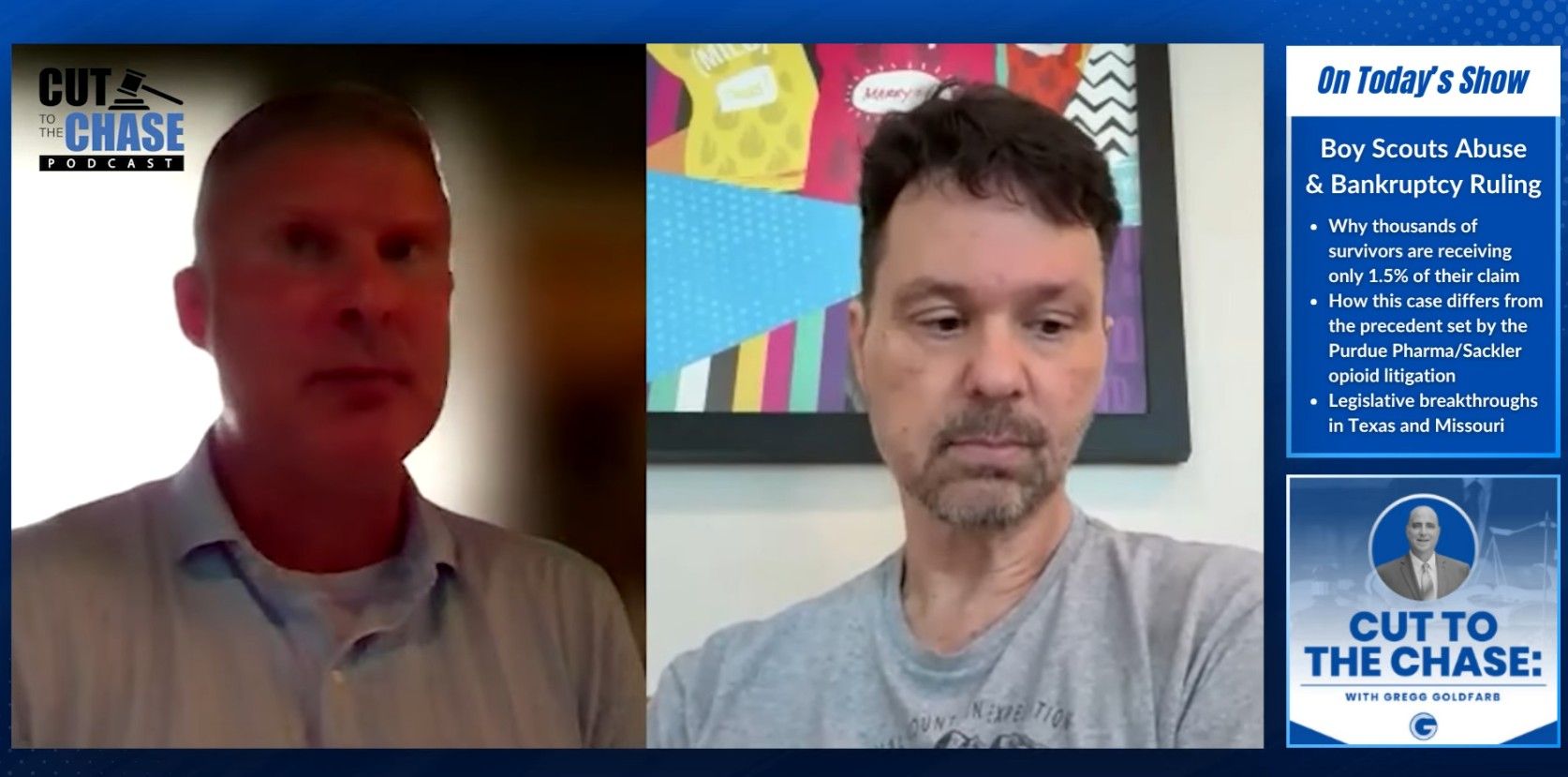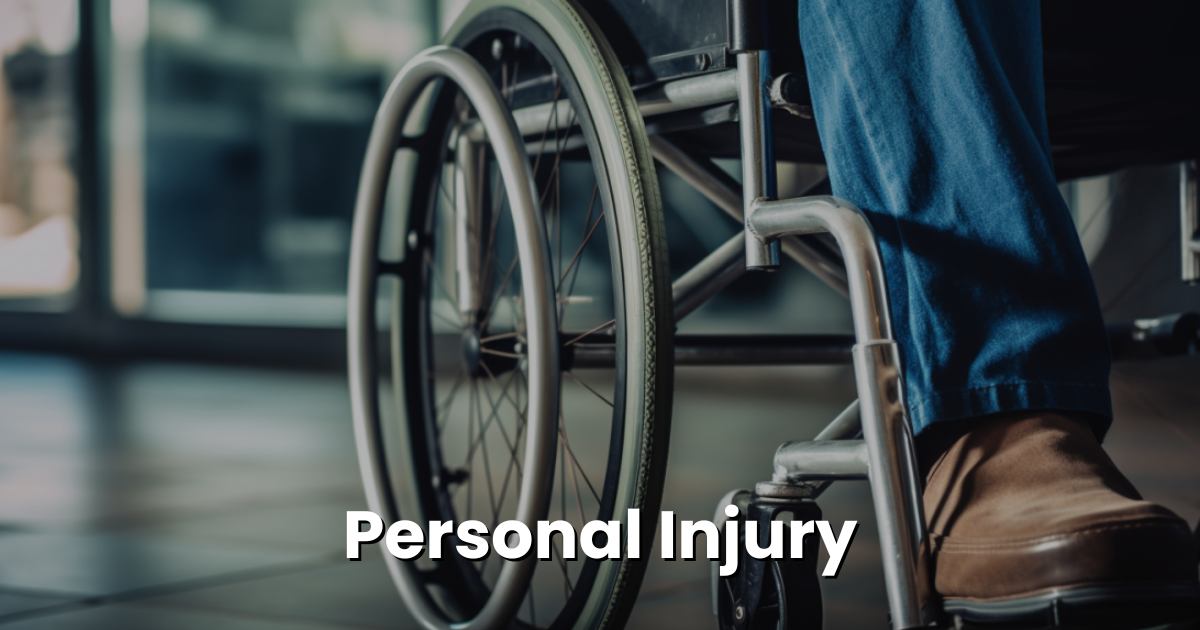By Rebecca Rivera
•
December 9, 2025
As reported in the Washington Post December 5th, 2025 by Amudalat Ajasa A prominent scientific journal, Regulatory Toxicology and Pharmacology, has retracted a widely cited 2000 study that previously concluded the active ingredient in Roundup, glyphosate, posed no cancer risk to humans. The retraction was initiated after evidence emerged suggesting the study was heavily influenced by the herbicide's seller, Monsanto (now owned by Bayer), in an apparent effort to disguise potential health risks. Specific concerns cited by the journal include the strong possibility that Monsanto employees contributed to the writing without proper acknowledgment, that the authors may have received undisclosed payments from the company , and that the findings were based solely on unpublished Monsanto studies. This misconduct, discovered through internal company emails during federal litigation, is significant because the faulty research served as a bedrock for regulatory decisions regarding glyphosate for decades. Summary of Alleged Faulty Study and Monsanto's Influence The Study and Its Conclusion: The retracted paper, published in 2000, was a "bedrock study" that concluded: "under present and expected conditions of new use, there is no potential for Roundup herbicide to pose a health risk to humans." The Retraction: The scientific journal retracted the study due to a loss of confidence in its results and conclusions, citing the need to "maintain the integrity of the journal." Evidence of Undisclosed Influence: The co-editor in chief cited evidence suggesting that Monsanto employees "may have contributed to the writing of the article without proper acknowledgment as co authors." Undisclosed Payments: The retraction also noted that the study's authors may have been paid by Monsanto without disclosing it . Basis of Findings: The journal stated that the study's findings about cancer risk were "solely based on unpublished studies from Monsanto." Discovery of Influence: Monsanto's influence over the study was reportedly discovered through internal emails released during federal litigation against the company in 2017. Impact: The study "had a significant impact on regulatory decision-making regarding glyphosate and Roundup for decades," and was one of the most-cited papers on glyphosate safety, underpinning federal regulations for the pesticide. The Environmental Protection Agency (EPA) even cited it in its 2016 review of glyphosate. Context and Aftermath Bayer's Defense: Bayer (which acquired Monsanto in 2018) defended the chemical's safety and argued that Monsanto's involvement was appropriately cited in the acknowledgments, stating that glyphosate is the most extensively studied herbicide and that the "vast majority of published studies on glyphosate had no Monsanto involvement." Regulatory Stance: The EPA stated the retraction would not affect its current stance —which is that glyphosate is "not likely to be carcinogenic to humans"—because the agency does not directly rely on review articles like this one, but uses them to find other relevant individual studies. Litigation: Bayer has spent approximately $10 billion to settle lawsuits arguing the company did not warn customers about the negative health impacts of using Roundup. Read the full article in the Washington Post













